How to build nails at home?

Well-groomed and beautiful hands are considered the "second face" of a girl, so that they always look great, you need to do a manicure. Recently, many representatives of the fair sex prefer to build up their nails, since in this form their shape and originality of design are preserved for a long time. This procedure is simple, having simple skills and a desire to do it quite realistically at home.
Features of the procedure
Extended nails are an excellent solution for those girls who want to have a flawless manicure, spending a minimum of time on its design. Using various materials and techniques, you can make acrylic or gel extensions yourself. Since these materials are characterized by different degrees of hardening, the gel is recommended for novice masters (it hardens more slowly and is easier to work with), and acrylic is recommended for girls who have some experience in nail modeling (such a coating, after application, instantly turns into a solid polymer).

In addition, it is important to consider that acrylic can dry out the plate, and the gel can have a detrimental effect on it. Despite the disadvantages, the latter type of material also has a lot of advantages: it is odorless, durable and allows you to create an original design, therefore it is most often chosen for building.
Gel build-up differs from acrylic in that it requires a UV lamp to complete it. This is due to the fact that the material is a viscous substance that can only harden when exposed to ultraviolet rays. For manicure, several types of gel are usually used: stained glass, camouflage and design. In addition, the gel can be applied in several ways. The three-phase technique involves the use of a base, a constructor and a fixing top; with two-phase, only the base and top are used. A single-phase one is carried out by one substance, since it consists simultaneously of a base, a top and a constructor.

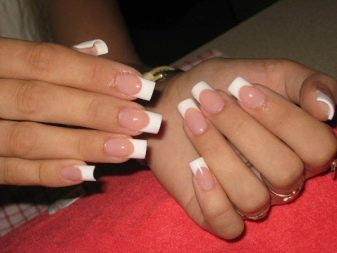
In addition, marigolds can be extended both on tips and on forms. Tips are a material made in the form of artificial plates, they are usually used when working with gel, since acrylic provides strength to the plates and without them. The tips are stiff and the higher their elasticity, the more natural the manicure looks. The forms are a template, they are substituted under the edge of the marigold for laying out acrylic or gel. Working with forms takes longer, it takes on average up to 2 hours, since the filling of the material requires accuracy.
Although mold coating is a complex procedure, it is still more popular. Designing using this technique allows you to give the marigolds a perfect look, hiding all their defects. The base and tips of the plates are evenly reinforced, strong and difficult to break. In addition, the ingress of air under the enlarged part is completely excluded, which protects the nail from flaking and the development of fungus. The lack of building tips is explained by the fact that they limit the correction of the shape of the marigold, the plate simply lengthens and looks wider.
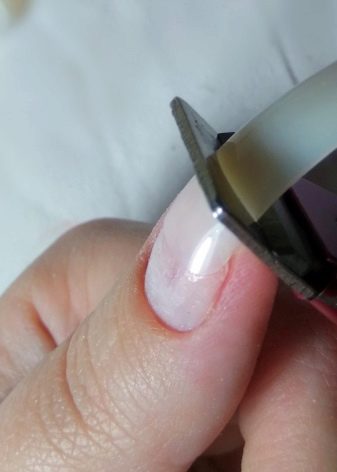
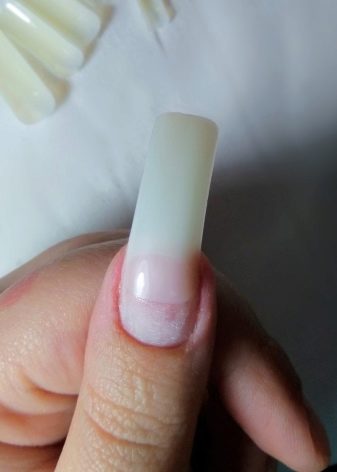
Advantages and disadvantages
Before you start building nails at home, you need to weigh all the pros and cons of this procedure. A manicure done in this way looks impressive and lasts a long time, but it can also harm the nail plates. The benefits of building.
- Ease of implementation. Everyone will be able to build up marigolds on their own. To do this, it is enough to have all the necessary material, tools and practice a little.
- The ability to hide the unevenness of the plates. Thanks to acrylic or gel, it is possible to give the nails a well-groomed look and perfect shape. With proper build-up, plates are difficult to distinguish from natural ones.
- Strength. The artificial material reliably protects the surface of the plates from mechanical damage, providing the manicure with durability. In addition, marigolds are less susceptible to breaking and stratification.
The build-up also helps to fight the bad habit of biting nails and fingers. After the first wearing of such a manicure, the result will be noticeable immediately. This procedure is not devoid of disadvantages.
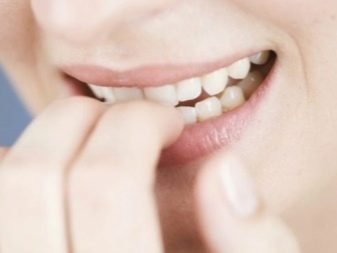
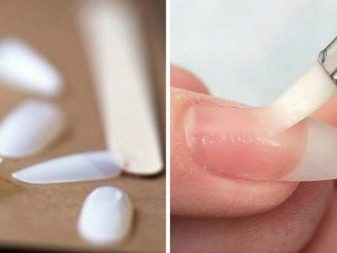
The main disadvantages of building.
- High price. Despite the fact that the procedure can be performed independently at home, saving on payment to the master, you need to have high-quality materials and tools to work. To purchase them, you will have to pay a decent amount.
- Possible harm to the nails. Modern cosmetic products for building are produced mainly from natural raw materials, but they limit the access of oxygen to the surface of the plates. This negatively affects the life of the horny cells.
- Inconvenience. It is difficult to build marigolds on your own, especially when applying the material to the leading hand. Compared to a salon manicure, the procedure at home can take several hours longer.
- Regular correction. No matter how wonderful the manicure turns out, after three weeks it will lose the effect of grooming and will require correction.
- Side effects. Some girls may have allergic reactions to acrylic or gel.In addition, with improper build-up, voids are formed under the plates, which become a place for the development of various infectious diseases.
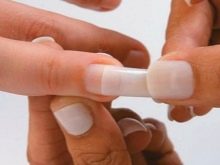

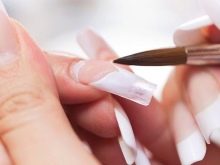
Required tools and materials
It is necessary to start building up not only with the choice of design, but also with the acquisition of tools and materials. To create the desired shape and length, you will need special shapes or tips. Stencils are considered the most convenient and popular in building, they can be both paper and Teflon; for work at home, it is best to give preference to the latter.
Unlike paper ones, they are reusable, they are easy to design with acrylics or gel, but constant disinfection is required. As for the tips, it is recommended to use them on narrow plates, since after building the false nails will give the natural plates not only additional length, but also width.
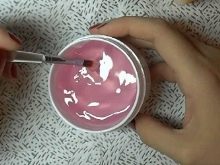
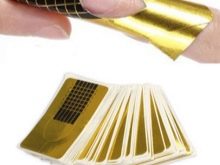

Depending on what material will be used for the coating, you should buy gel or acrylic. In this case, the gel extension technique provides for the presence of a UV lamp. You need to stock up on a base, it is applied to the nails to strengthen their structure.
Additionally, you will also need the following auxiliary materials:
- primer;
- universal tool for removing the sticky layer;
- orange sticks;
- brushes for working with the composition;
- tweezers, files;
- polishing pad.


Preparation and Precautions
In order for the extended nails to please with a well-groomed effect for a long time, it is necessary not only to use high-quality material, but also to prepare the plates well. This procedure should not be performed on nibbled nails, in the presence of cuticle inflammation, open wounds and cuts. They have contraindications for building up and diseased plates that are affected by a fungus, have increased fragility and exfoliate. The procedure is not recommended during chemical irradiation or when taking antibiotics. As for pregnancy, it is not the reason for the rejection of extended marigolds; the only thing is that during this period in women there is a hormonal change in the body and the gel may not fit well on the too oily and moist surface of the plates.
It is necessary to start the procedure by choosing the shape of the marigolds. Recently, square, almond and oval have become very popular. These are classic forms. Bright personalities can choose extraordinary forms: stiletto, "pipe" and "bridget". The main thing is that the manicure matches the image and is comfortable to wear.
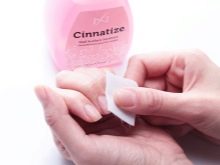

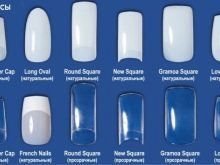
After everything is decided with the style, they proceed to the direct preparation of the plates.
- The form is being refined. The edges of the marigolds are neatly leveled, trimmed and cleaned from the previous coating. In the event that the plates exfoliate, they are filed with a fine-abrasive file. The movements should not be transverse, but longitudinal. In addition, attention is paid to the cuticle: it is softened and pushed to the center of the base using a pusher or orange sticks.
- Then the surface of the nails is degreased and the top layer is removedusing a coarse-grained buff. It is only necessary to remove the glossy layer; polish is carried out until a matte shade is obtained. This process requires care, otherwise, if the instrument is pressed hard, the plate may become too thin and it will take a long time to restore it.
- The preparation ends with the treatment of nails from grease and dust. After that, they are dried and you can proceed to the direct build-up.


Step-by-step instruction
Recently, it has become easy to build nails at home. To do this for yourself, you need to have all the necessary tools, as well as gel or acrylic. At the same time, it is important to take into account the fact that regardless of which extension technology is chosen, it must be carried out correctly. The easiest way to carry out the procedure at home is to build on tips.It's fast and doesn't require any special skill.
To get beautiful marigolds in this way, you should follow the sequence and perform the following steps.
- First, a classic manicure is carried out and the hands are treated with a special solution based on alcohol. This is usually done with an antiseptic or tonic. Then, tips are selected according to the size for each nail. A drop of glue is applied to their hole and pressed against the plate, holding for 15 seconds. If glue residues form, they should be removed immediately before drying.
- Further, the fixed tips are processed: the length is cut and the selected shape is given with the help of a buff. Then they are coated with a primer and the gel is applied, drying the surface under a UV lamp for several minutes. Then re-coat the nail with a second layer of gel and dry again in a lamp.
- The procedure ends with cleansing the skin from sticky fragments and lubricating the cuticle with nourishing oil.
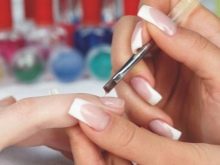


The above technique requires minimal time to complete, but it is not suitable for owners of wide plates, which become even more voluminous after building up. In this case, the masters recommend replacing the tips with forms. The step-by-step process will look like this.
- The first step is to perform a regular manicure and degrease the plates. Then the base is applied, dried under a lamp for 3 minutes, stencils are fixed on the upper edges of the marigolds. If the extension is done in the lower way, then the forms are placed under the nail.
- Then the gel is applied from the free tip of the plate, evenly distributing it over the entire surface. Everything is dried in a lamp and the nails are covered with a second layer of gel. When using lower forms, it is necessary to form an S-bend before reapplying the composition.
- At the end, the stencil is removed and the sticky layer is cleaned. The surface is carefully sanded, removing minor irregularities. Dust is cleaned from the nails and a finishing coat is applied, which must be dried in a lamp for 2-3 minutes. Oil is rubbed into the cuticle and the manicure is ready.
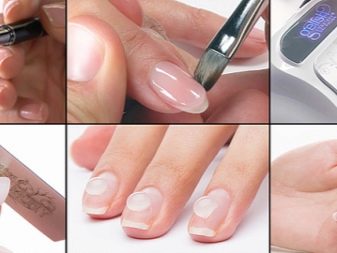
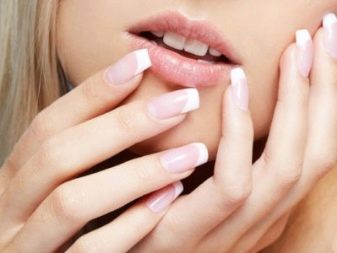
How to remove extended nails?
Regardless of what material the nail extension was made with, sooner or later it will have to be removed. There can be many reasons for this, ranging from allergic reactions to the fact that the plates are given time to recover. When removing gel or acrylic, it is important to follow a number of rules, otherwise you can damage natural nails. This procedure is not difficult, but at home it can take several hours. For beginners, experts recommend adhering to the following instructions for removing artificial marigolds.
- The first step is to prepare the records. For gel and acrylic coatings, the preparation is the same. Using scissors or tweezers, cut off the free edge. This must be done carefully so as not to be injured by the sharp edges of the tips.
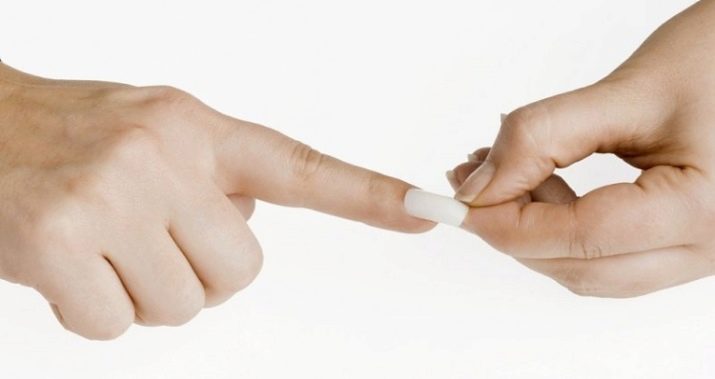
- At the second stage, the removal is different in technology, for acrylic and gel it is different. If these are acrylic nails, then they are first softened. To do this, pre-prepare 10 cotton swabs and moisten them abundantly in acetone. Tampons are applied to each plate and secured with foil, wrapping around the edges of the fingers. After an hour, the acrylic will acquire a jelly structure and must be cleaned immediately, otherwise it will re-harden.
- To remove gel nails, you can use both ordinary nail files and a sander. Since the latter device is expensive, plastic or wooden files with abrasive spraying are perfect for home conditions. Please note that glass and iron tools are not suitable for removing gel. Using a nail file with an abrasiveness of 80 × 100, the nails are filed, performing horizontal rare movements. This should be done carefully so as not to cut off the natural plate.
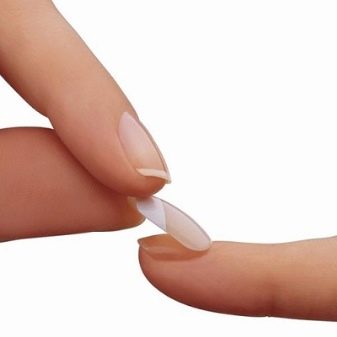
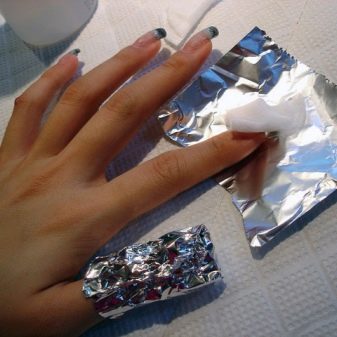
- Throughout the entire work on removing the gel, you need to have cotton swabs soaked in acetone at hand. They should periodically wipe the surface of the marigolds.After the first sawing, proceed to the second, using a nail file with an abrasiveness of 150 × 180. It is much softer and allows you to permanently clean out the remaining material.
- At the third, final stage, the plates are given an aesthetic look. They are lightly polished with a file with an abrasiveness of 180 × 240. Then the handles are dipped into a container with herbal decoctions or sea salt. The cuticle is covered with nourishing oil and a moisturizer is applied to the hands.
Summing up, we can say that it is much more difficult to remove gel nails.than acrylics, since the procedure requires not only a lot of time, but also patience.
Regardless of the type of coating and the technology chosen for its removal, all precautions must be observed. The slightest mistake or oversight can cause damage to natural marigolds, which will then take a lot of time and effort to restore.
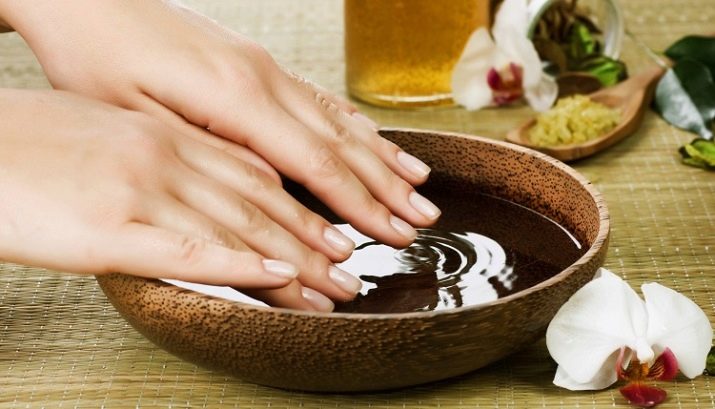
Follow-up care
After removing the extended nails, no matter how neat it is, you can see that your own condition has worsened significantly. To protect the plaques from subsequent breakage and disease, they need to be properly cared for. This procedure is performed both in beauty salons and at home. For damaged marigolds, it is recommended to do nourishing baths several times a week, with the addition of linseed and olive oil to the water. In addition, with the help of medicinal oil, you can additionally perform massage - this is the most effective and fastest way to restore the previous condition of the nails.
Today the cosmetic market is represented by various useful and vitamin preparations intended for the care of marigolds. They are sold in ampoules and can be rubbed directly into the nail plate. In addition, it is also important to review your diet, replenishing it with fruits and vegetables. You should try to spend more time outdoors. A healthy lifestyle and proper nutrition will speed up the recovery process.
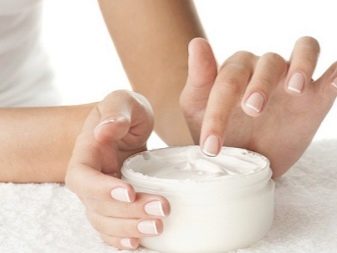
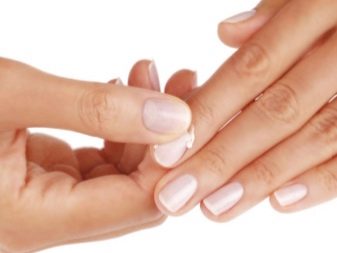
Since after removing the gel or acrylic, natural nails look unsightly and spoil the girl's image, it is necessary to arrange a fresh manicure. It should be made without the use of varnishes and other harmful coatings, as this is due to the rules of subsequent care. As a rule, aesthetic manicure is performed on well-polished marigolds. They are corrected with a glass nail file, giving the desired shape and length. At the initial stage of the restoration of the plates, a long manicure is not recommended, therefore they are shortened.
The correct decision will be the design of a biological manicure. It is gentle and is done after regenerating baths prepared with the addition of a large amount of nutrients and oils. When the skin softens, you can gently cleanse the surface of your hands from the dead epidermis.
Particular attention should be paid to the care of the cuticle: it is softened with a special preparation for nutrition, or using regenerating masks and serums. The above products must be rubbed into the skin and damaged plates with massage movements.
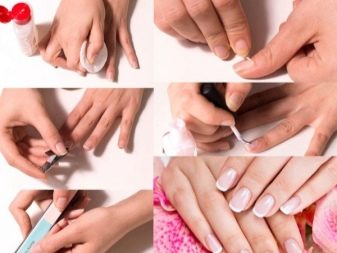
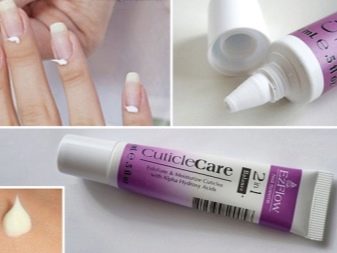
Paraffin baths performed after nourishing procedures also help well in care. They provide fast and amazing results. Beneficial microelements under the influence of high temperature of paraffin quickly penetrate into cells. At the end of the procedure, a nourishing cream should be applied to the skin of the hands, which contains useful substances and vitamins. If desired, the cream can be replaced with special regenerating oils.
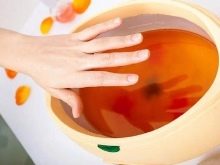
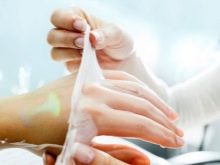

After the biological manicure is completed, the marigolds cannot be painted. You should also not rush to use the air conditioner. This is due to the fact that the plates are covered with an oil film of nutrients and any coloring agents will not adhere to their surface.Summing up, we can say that the procedure for restoring nails after removing the gel or acrylic is difficult, so it is problematic to carry it out at home. It is better to trust the specialists who will select the correct program to strengthen the damaged marigolds.


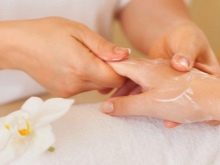
Tips from the masters
Any girl who wants to can learn to build nails at home, the main thing is to be patient and purchase the necessary tools and materials. For novice masters, this procedure will seem difficult at first, but over time, experience will appear and it will be possible to quickly create a beautiful manicure. To succeed in this business, the following expert recommendations will be useful for beginners.

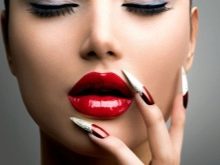
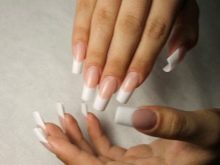
- You need to start the workflow with hand hygiene. Since the extended nail will last on the finger for at least three weeks, neglect of disinfection and cleanliness can cause an infection and in the future will lead to disastrous results. Therefore, hands must be washed using special detergents and treated with disinfectants that protect against viruses and dermatological diseases. Cutasept, sterillium and bacillol are considered good means for cleaning the skin and marigolds. In addition, tools after building up should be well cleaned and washed, and during the working process always have clean napkins on hand.
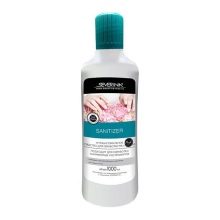

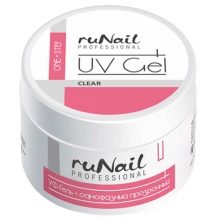
- A well-equipped workplace is also considered the key to a good manicure. It should not only be kept neat and clean, but all chemicals should be hidden in special boxes. The table where it is planned to build up must be equipped with a bright lamp. Good lighting will help you notice defects in a timely manner and correct them at an early stage.
- You cannot use nourishing hand cream on the day of nail extension. It forms a greasy layer on the surface of the plates, which will impair the adhesion of the gel. The material may not even be fixed at all.
- Before this procedure, it is important to carefully remove the cuticle. Moreover, it is strictly forbidden to cut it off. Any damage to the skin is a contraindication to building up.
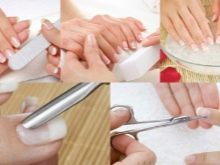


- During critical days, taking antibiotics and during pregnancy, it is better to postpone the build-up. Hormonal changes in the body during this period will interfere with the adhesion of the gel or acrylic to the nail. This also applies to diseased nails: they must first be cured, and then exposed to modeling agents.
- In the event that the procedure is performed for the first time, then the correction will have to be done twice a month. In the following months it will be enough to carry out it once.
- When choosing between gel and acrylic, it is best to give preference to the former. The gel allows you to create different designs and looks natural on the nails.
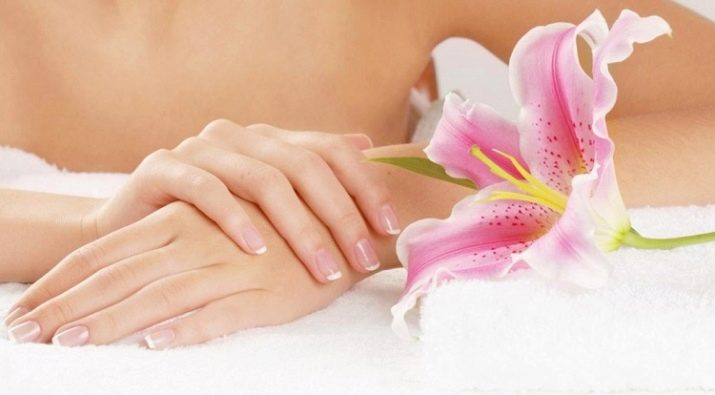
In addition, the gel dries only under the influence of ultraviolet rays, therefore it is ideal for beginners who can slowly apply the composition and correct the shape.
For information on how to extend nails with gel, see the next video.








